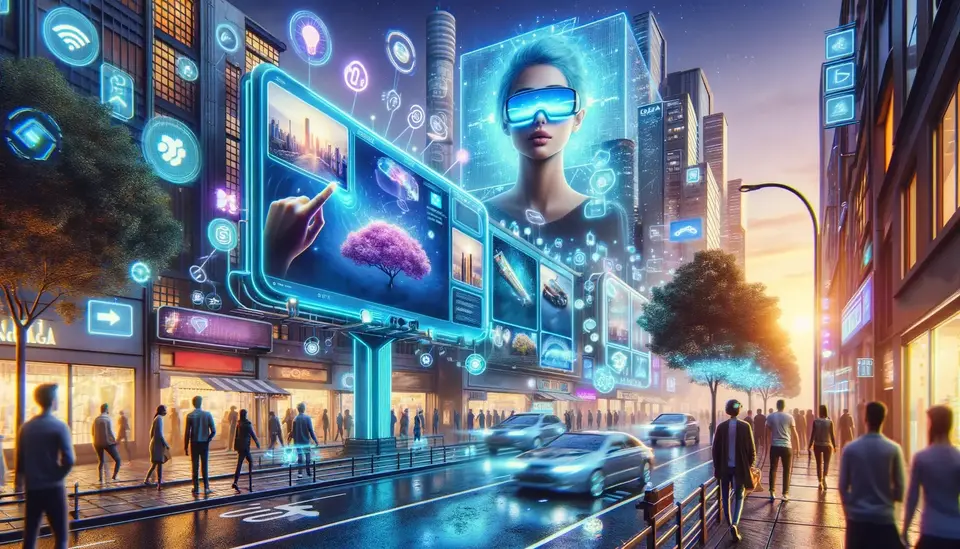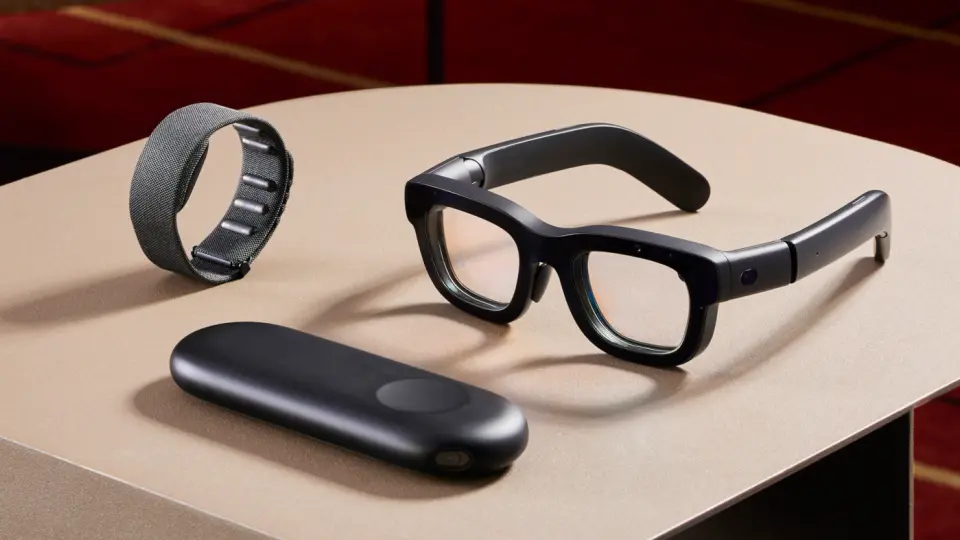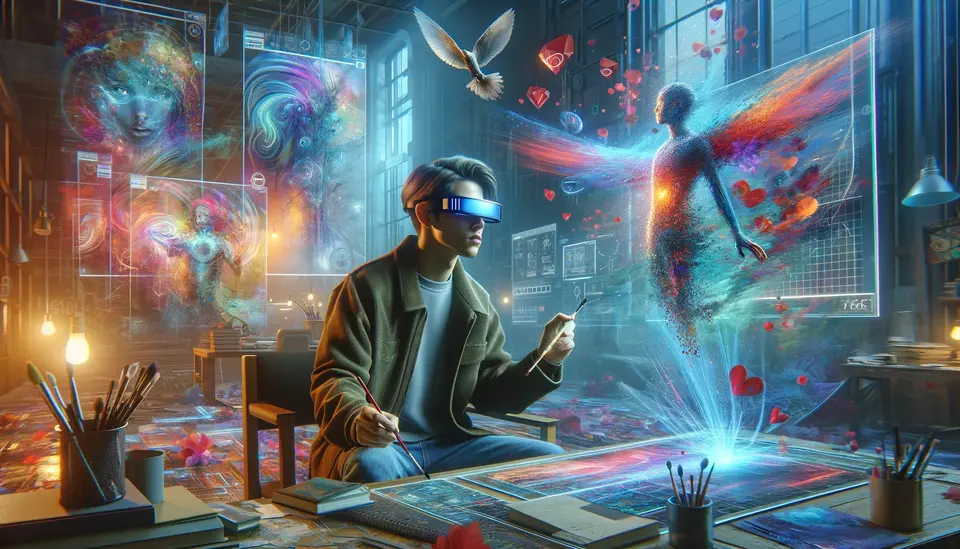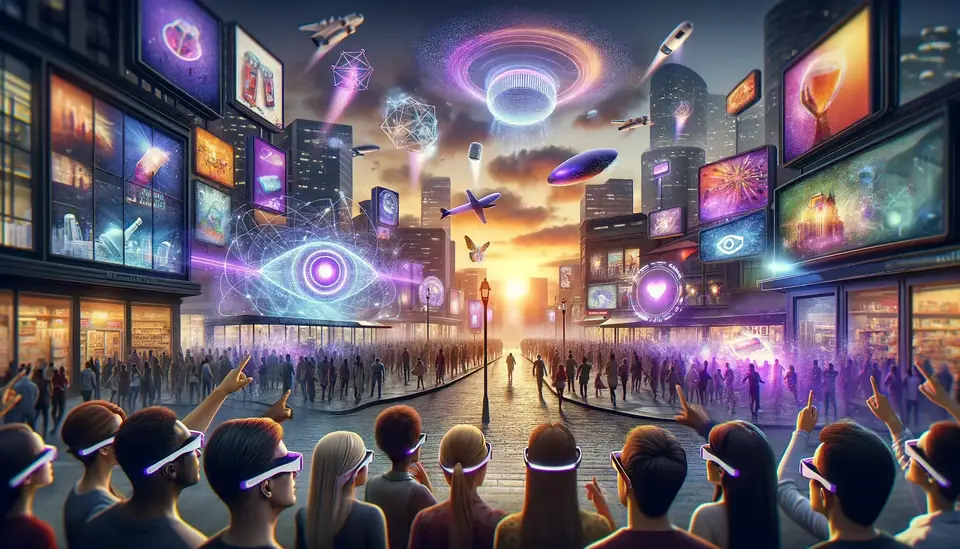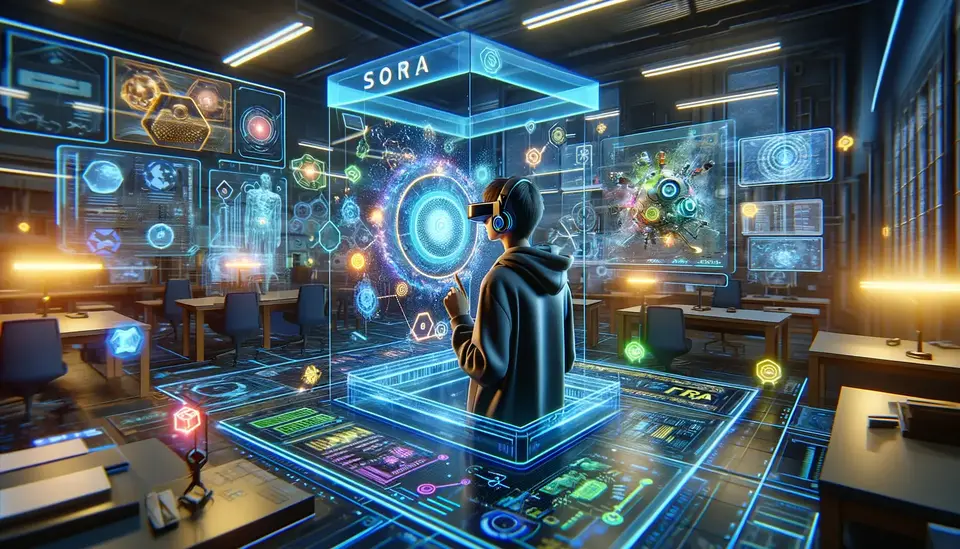The Technical Challenges Involved in Creating Augmented Reality (AR)
Posted on June 5, 2024 4 minutes 846 words
Table of contents
Augmented Reality (AR) has captured the imagination of tech enthusiasts and professionals alike with its ability to seamlessly integrate digital content into the real world. However, creating effective AR systems involves overcoming a myriad of technical challenges. This blog post offers an in-depth look into these challenges, providing insights into the complexities of AR development.
Introduction
Augmented Reality enhances our perception of the real world by overlaying digital images, sounds, and other data in real-time. Unlike Virtual Reality (VR), which creates a completely artificial environment, AR enhances the existing environment with digital overlays. This technology has diverse applications, from gaming to medical treatment, making its development exciting but challenging.
1. Hardware Integration and Development
Wearable Devices
Creating wearable AR devices, such as glasses and headsets, involves intricate component integration:
- Miniaturization: Components need to be small and lightweight to be practical for everyday wear. This includes the optical systems, which must project images at high resolutions without adding cumbersome weight.
- Power Consumption: AR devices require significant computational power. Efficient power management is crucial to maintain battery life, necessitating the development of low-power electronics and energy-efficient software algorithms.
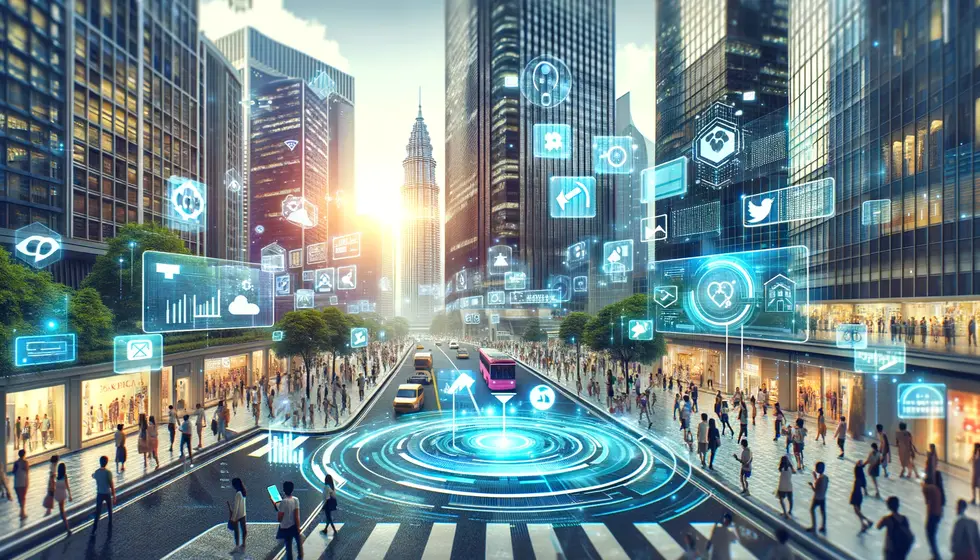
Mobile AR
Mobile devices use their built-in cameras and sensors to deliver AR experiences, facing unique challenges:
- Resource Management: Mobile AR must use the device’s existing CPU, GPU, and batteries optimally. This involves managing application demands to avoid draining battery life or overheating the device.
- Sensor Accuracy: Mobile devices were not specifically designed for AR, so their sensors might not provide the accuracy required for flawless AR experiences, necessitating software compensations and calibrations.
Software Challenges
Real-Time Processing
AR software must execute multiple complex tasks instantly to ensure a smooth user experience:
- Latency: High latency can disrupt the immersive experience and may cause motion sickness in users. Developers strive to minimize response times to under 20 milliseconds.
- Algorithm Efficiency: Efficient algorithms are essential to process data from sensors and inputs swiftly enough to render AR objects in real time.
Integration with AI
Incorporating AI allows AR systems to interact more intelligently with users:
- Machine Learning Models: These models must be lightweight yet powerful enough to operate within the constraints of AR hardware.
- Contextual Awareness: AI helps the system understand the context of its use, improving the relevance and functionality of the AR overlays, such as identifying objects in view and providing appropriate information overlays.
User Interaction and Interface
Intuitive Controls
AR systems require intuitive user interfaces that can be controlled through natural user inputs:
- User Input: This includes developing new input methods like gesture recognition, eye tracking, and spatial voice commands that are reliable under various conditions.
- Adaptive Interfaces: AR interfaces must be capable of adjusting in real-time to users’ needs and external environments, which requires dynamic software capable of recognizing and adapting to countless scenarios.
Safety and Comfort
Maintaining user safety and comfort is critical, especially as device use becomes more widespread:
- Visual Fatigue and Discomfort: Developers need to mitigate issues such as eye strain and nausea, which are often caused by poor calibration of AR overlays.
- Physical Safety: Users must be able to use AR devices without hazard while moving in real-world environments, which requires precise spatial mapping and environment recognition.
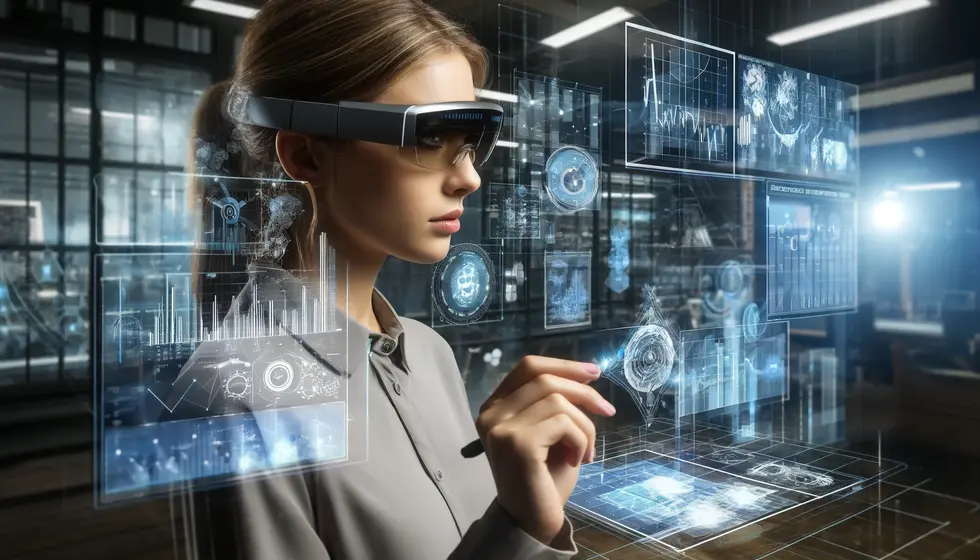
Environmental Interaction
Spatial Awareness
Accurate environmental interaction is crucial for effective AR:
- Advanced Sensors: These include LiDAR for depth mapping and cameras for spatial recognition, which must work in unison to accurately map the environment.
- Robust Spatial Mapping Algorithms: Algorithms must create detailed 3D maps from sensor data, which can be computationally intensive and require sophisticated software.
Lighting and Shadows
Realism in AR depends significantly on how virtual objects interact with real-world lighting:
- Dynamic Lighting Adaptation: Virtual objects need to reflect real-world lighting conditions to look natural, requiring complex algorithms to adjust lighting dynamically.
- Shadow Mapping: Proper shadow rendering enhances the immersion and realism of AR experiences. Shadows must align with physical world conditions and change dynamically with light sources.
Scalability and Privacy
Scalability
As AR applications become more popular, they must be able to scale without loss of performance:
- Infrastructure Demands: Robust cloud infrastructure is needed to support AR applications across many users simultaneously, involving significant backend computing resources.
- Data Handling: Efficient data management strategies are essential to handle the increased data usage without compromising performance or user experience.
Privacy
Privacy concerns are paramount as AR devices can collect extensive data about the user’s environment:
- Data Security: Implementing robust security measures to protect sensitive information collected by AR devices.
- User Consent: Developers must ensure that all data collection and processing is transparent and consensual, adhering to global privacy standards and regulations.
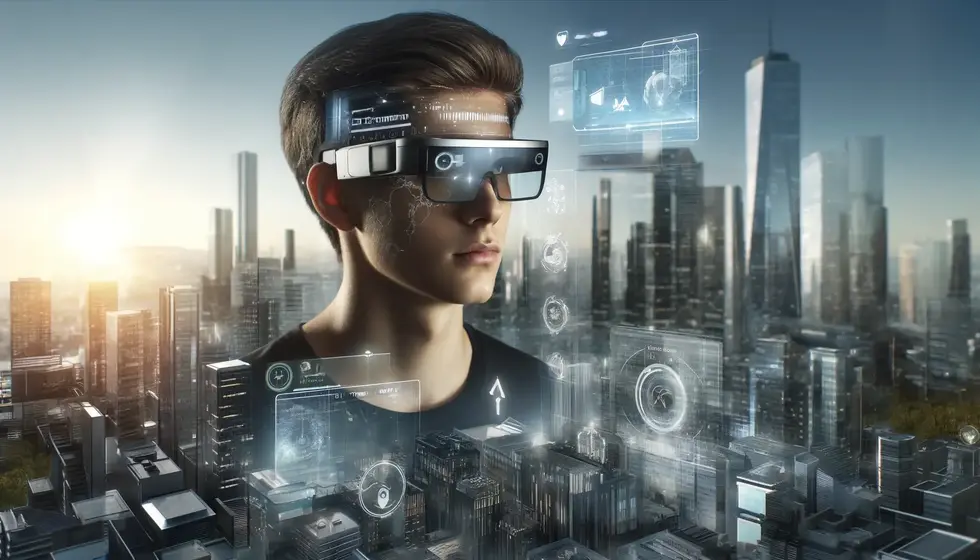
Conclusion
Developing Augmented Reality technology involves intricate challenges ranging from hardware design to software development and user interface design. As developers continue to innovate and overcome these obstacles, AR is set to become more integrated into our daily lives, transforming how we interact with the world around us. The ongoing advancements in AR technology promise not only to enhance user experience, but also to expand the practical applications of augmented reality in fields yet unimagined.

